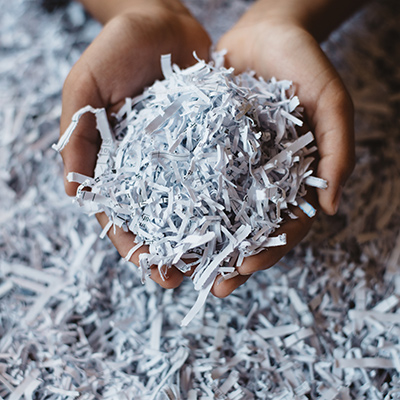The Recycled Papers Versus Virgin Fibres Debate
The debate on recycled papers versus virgin fibres can generate opposing and strongly held views where one side will look to extoll the virtues of one over the other in a game of eco- one-upmanship. In a changing market, both sides of the debate may need to soften their stance into a more singular message that both types of paper are environmentally responsible. In this article, Paul Savill, Product Manager – Office and Digital Papers at Antalis, discusses both sides of the argument.
The debate on recycled papers versus virgin fibres can generate opposing and strongly held views where one side will look to extoll the virtues of one over the other in a game of eco- one-upmanship. In a changing market, both sides of the debate may need to soften their stance into a more singular message that both types of paper are environmentally responsible. In this article, Paul Savill, Product Manager – Office and Digital Papers at Antalis, discusses both sides of the argument.
Recycled papers are made from ‘post-consumer waste’, this is fibre that has been previously harvested and converted into fine paper - this very statement indicates that it could not exist without a source of virgin material to start the process. The grade of fibre needed to do this would preclude items such as coffee cups, food containers etc, as recycled papers require fibre that is of a suitable quality and not contaminated in any way. The obvious benefit of recycling is minimising the risk of resource being lost to landfill and recycling allows the fibre to be put through this process several times before its effective life is over. Recycled pulp also has some advantages when it comes to the consumption of energy in paper manufacture with the necessary production processes requiring less resource. Paper as a resource is of course biodegradable and will break down naturally in the soil.
For recycled paper to be in plentiful supply, there must be enough de-inked pulp (DIP) to meet the demand, and this is where a broader lens is required when assessing the respective merits of the two products.
There are some indications that (DIP) is in short supply, this could place a strain on the availability of recycled papers, and this is where virgin fibre is required to assist in making up the shortfall.

Managed and sustainable wood fibre procured from well managed forests should be viewed as a crop, similar in the way a farmer views their own fields. The timelines are of course different, however, the principle is the same with a cycle of planting, nurturing, harvesting and replanting.
During this cycle, the forest is preserved, creating not only sustainable resources for manufacture, but habitats for flora and fauna to flourish. These benefits, in addition to the benefit of carbon capture, are the many attributes of a well-managed forest.
To support this, and to ensure that consumers know that they are making sound environmental choices irrespective of the fibre source they choose, there are well-established certifications such as PEFC and FSC. Both are well respected and clear indications that the product in question is sourced from a sustainably managed forest. In addition, we are seeing newer accreditations appearing on ream wrappers such as the EU Ecolabel which guarantees a low environmental impact in paper manufacture and more recently the ‘cradle to cradle’ certification which assesses products that can contribute to a circular economy, by measuring their impact across several key criteria.
The message to consumers is that both virgin and recycled fibre sources are both a well-managed sustainable resource that are complimentary to each other, not at odds with each other. We should not overlook one without appreciating the merits of the other.





